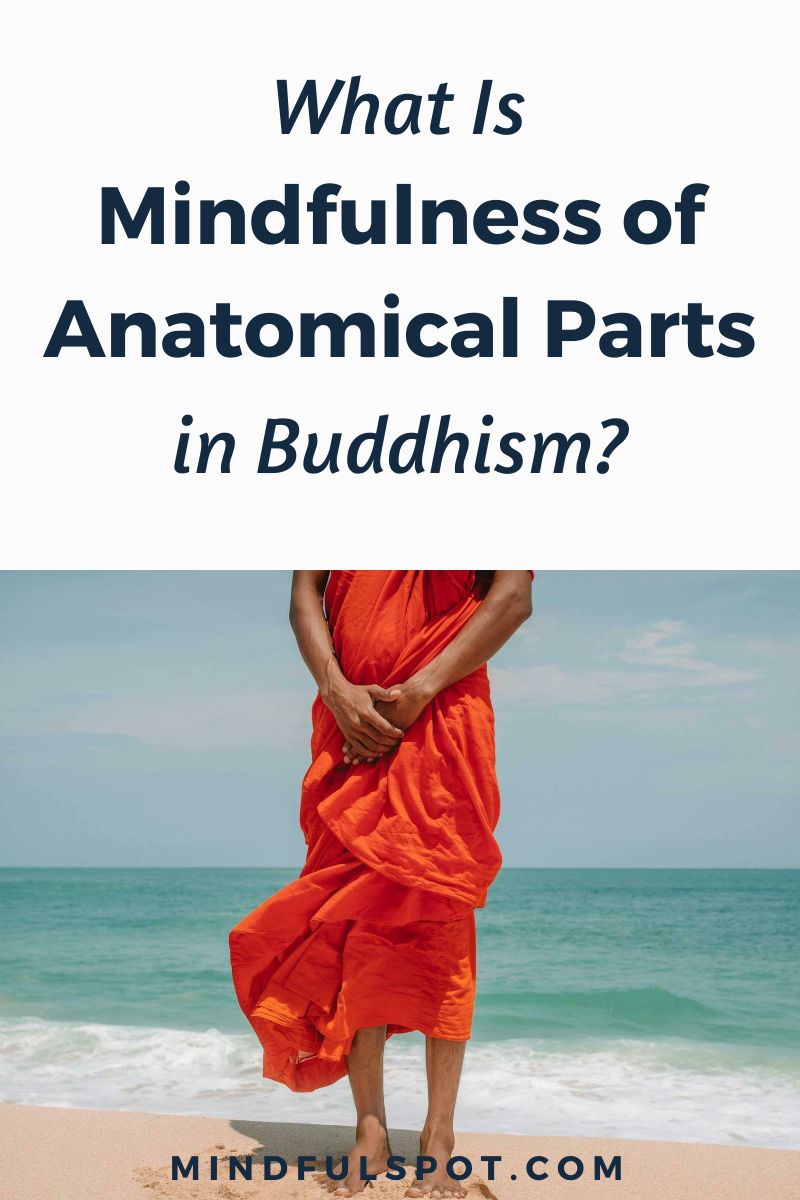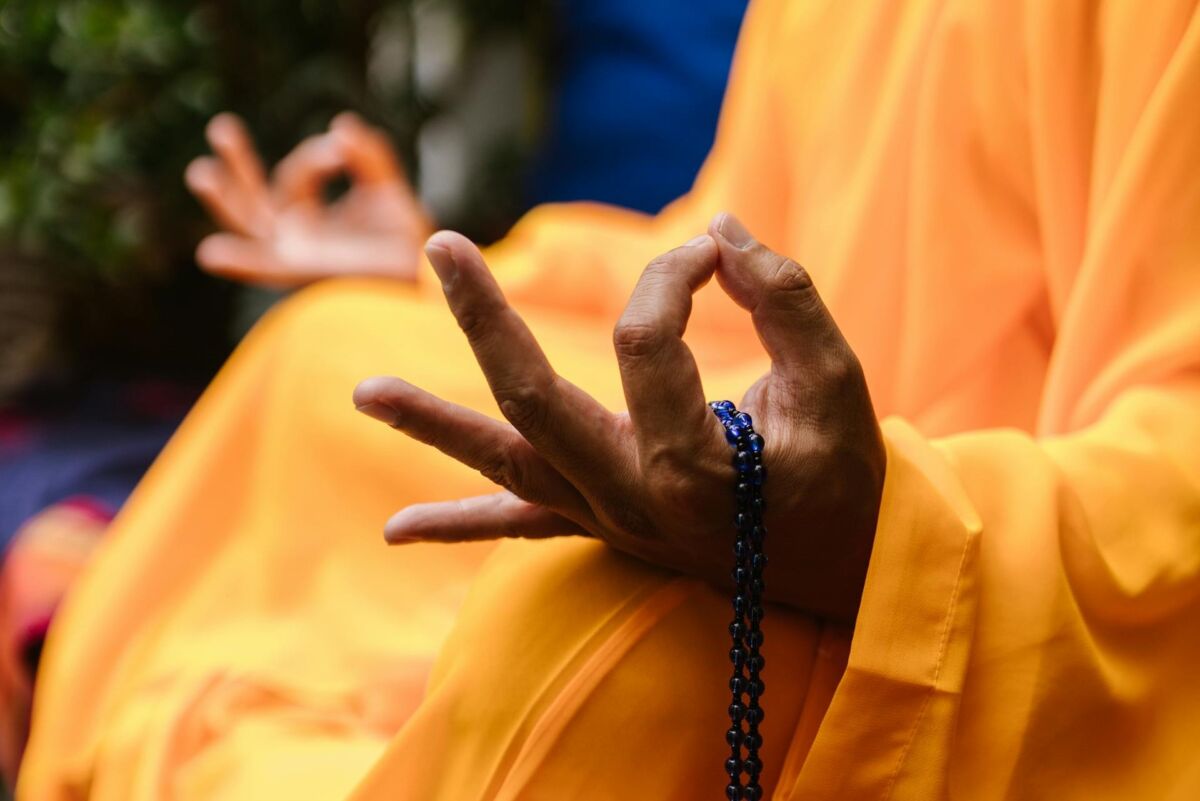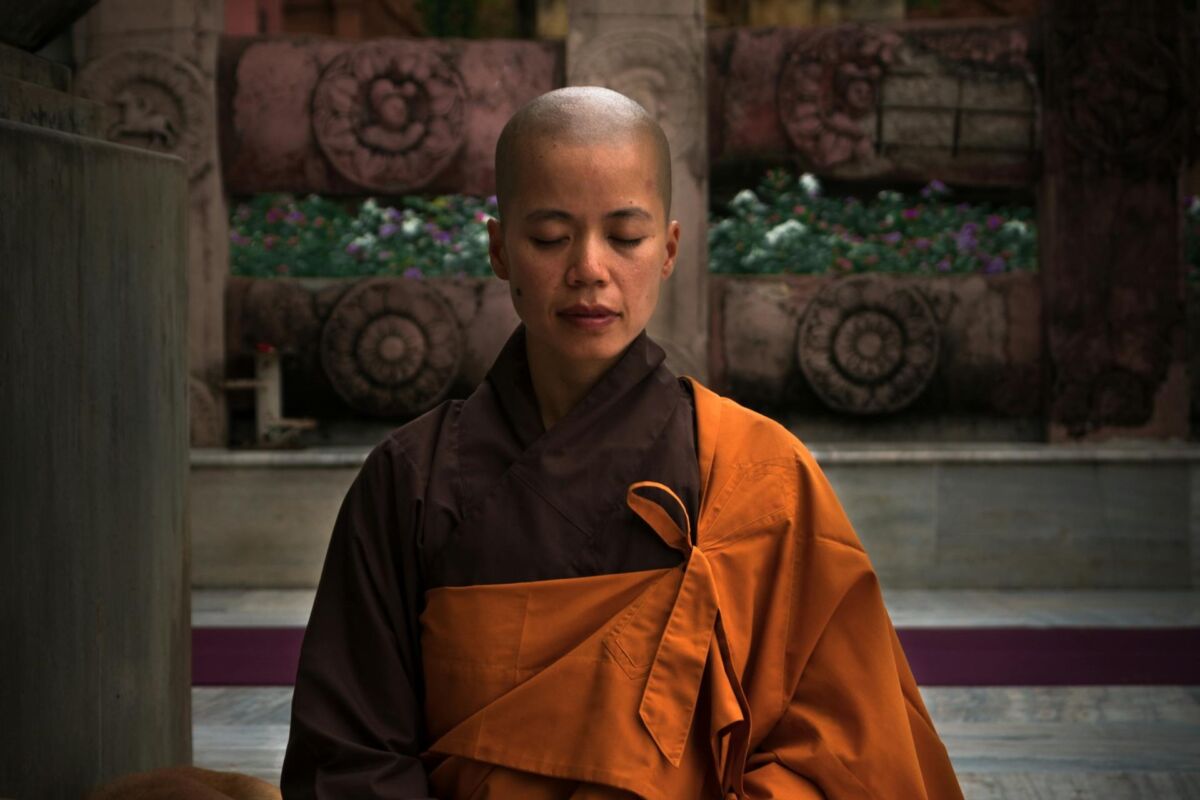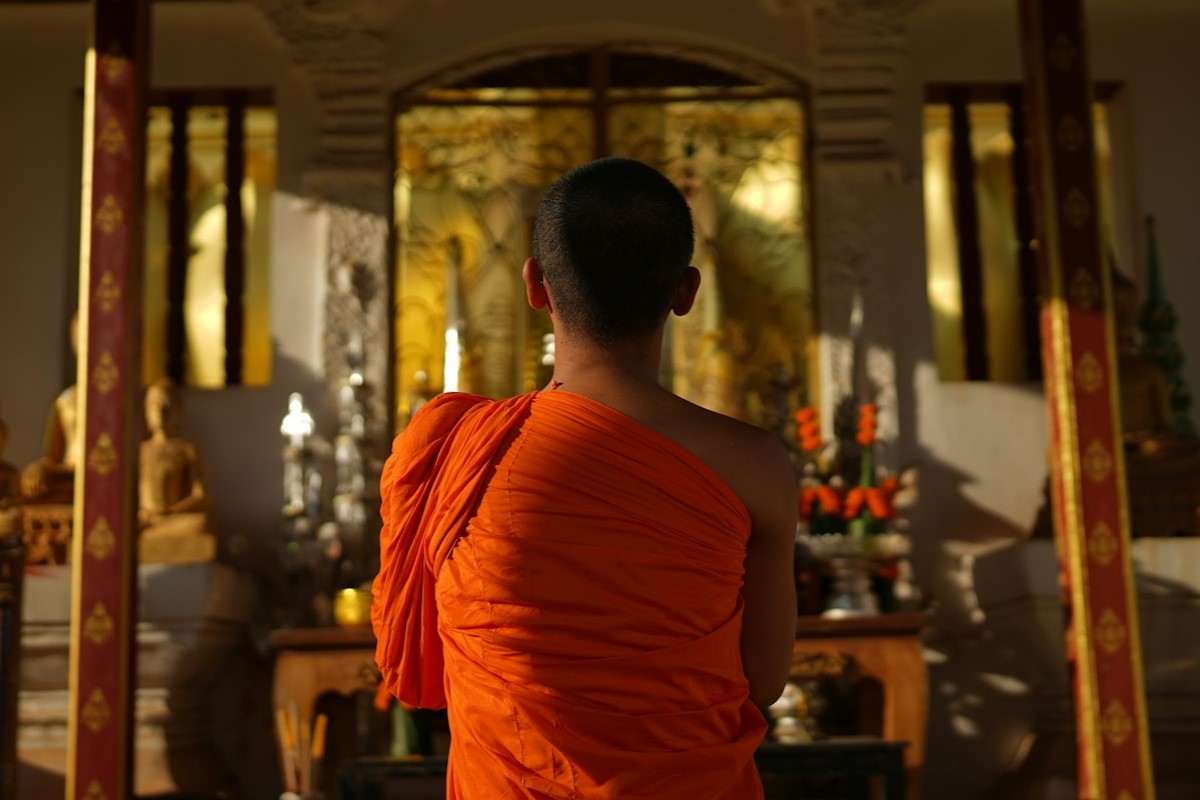Abstaining from sexual misconduct is one of the most important aspects of being a Buddhist.
It’s the third of the five precepts that help us cultivate moral virtue, which serves as a foundation for our meditation practice. While Buddhist monks uphold this teaching by maintaining celibacy, lay followers aim to engage in sexual relations only with love and a long-term commitment.
Wouldn’t you agree that physical intimacy with another person should be based on love and respect, rather than lust and desire? If your inappropriate sexual fantasies are not subdued, a small flame of attraction could become a raging fire that burns you and those you love. This is where mindfulness of anatomical parts, if practiced regularly, can be beneficial. It reduces sexual attraction by reminding you that the body is merely a collection of separate parts, helping to distinguish reality from fantasy. Here’s how this practice is described in an ancient Buddhist scripture, included in Satipatthana Meditation: A Practice Guide by Bhikkhu Analayo:
One examines this same body up from the soles of the feet and down from the top of the hair, enclosed by skin and full of many kinds of impurity: ‘In this body there are head hairs, body hairs, nails, teeth, skin, flesh, sinews, bones, bone-marrow, kidneys, heart, liver, diaphragm, spleen, lungs, bowels, mesentery, contents of the stomach, faeces, bile, phlegm, pus, blood, sweat, fat, tears, grease, spittle, snot, oil of the joints, and urine.’
To motivate this practice, Analayo illustrates the perils of unrestrained sensual desire through similes included in the text called Potaliya-sutta:

FREE Self-Test: How Spiritual Are You?
One simile likens indulging in sensuality to carrying a burning torch against the wind, with the result that the carrier will get burned. … The issue is not the search for pleasure; in effect the simile does not imply that there is something wrong in principle with using a torch. The problem is holding the torch in the wrong direction. Applied to the quest for pleasure, the problem is similarly the wrong direction, namely by way of sensual indulgence.
He continues with another simile that emphasizes our animal nature:
Another simile in the Potaliya-sutta depicts a hungry dog chewing on a bone, unable to satisfy its hunger. Sensual desire similarly is incapable of yielding lasting satisfaction. Just as the taste of the bone seems promising to the dog, so too the pursuit of sensuality seems promising. Yet both fail to live up to their promise.
Analayo adds another simile that illustrates the competition among those who are in quest of sensual gratification:
Still another simile in the same discourse describes a bird that has got a hold of a piece of meat and is pursued by other birds trying to get that piece of meat. Unless the bird lets go of the piece of meat, it risks being hurt or even killed by other birds. … We might think of two men in love with the same woman [or two women in love with the same man] who may even go so far as to kill each other.
In conclusion, Analayo contemplates sensual desire as one of the ways we maintain our sense of self, which is also mentioned in the Buddhist scripture called Anguttara-nikaya:
A male tends to identify with his sense of masculinity and find joy in it, just as a female tends to identify with her sense of femininity and find joy in it. Having identified with masculinity within, the man seeks femininity outside, just as the woman, having identified with femininity within, seeks masculinity outside. In this way, yearning for sexual union prevents them from transcending the narrow confines of their sense of identity. Although not explicitly mentioned, the presentation in this discourse could also be applied to the case of same-sex sensual desires. The basic principle remains that letting go of a limited and limiting sense of identity, which is what fuels sensual desire, opens up path to freedom.
How to Practice Mindfulness of Anatomical Parts (Simplified Practice for Beginners With Guided Audio)
Bhikkhu Analayo goes on to offer a practical simplification of this practice for beginners by summarizing the anatomical parts under three headings: skin, flesh, and bones. He writes:
We are just trying to cultivate a general sense of the constitution of our body. Just knowing that this body is made up of skin (including hairs and nails), of flesh (comprising muscles, tendons, and organs), and of bones (covering also the teeth) is enough.
Then he adds:
By way of preparation, we could simply touch our face with the hands to get a feel for the skin. Then we could touch the gums with our tongue and get a sense of flesh. Next we could move the lower jaw from one side to the other and forward and backward to get a sense of bones. This much should be within the reach of personal experience for each of us.
Analayo concludes:
For the actual scan, I suggest starting with the head and moving down to the feet for contemplating the skin. For the flesh I suggest moving up from the feet to the head, and again from the head down to the feet for the bones. This is just one way to do it and practitioners should feel free to change and adjust according to personal preference.
Use this guided meditation narrated by Bhikkhu Analayo, courtesy of Windhorse Publications:
In Buddhism, mindfulness of anatomical parts is a part of Satipatthana Meditation that leads to Nirvana and is preceded by mindfulness of bodily postures and mindfulness of bodily activities. Complement with our articles on how Buddhist monks resist sexual temptation and a Zen story about a cold-hearted monk.
About the book’s author: Ven. Bhikkhu Analayo was born in 1962 in Germany, was ordained in 1995 in Sri Lanka, and completed his PhD on satipatthana at the University of Peradeniya in 2000. At present, he is mainly engaged in the practice of meditation, and among other things contributes to the Encyclopaedia of Buddhism. He has authored several books on Buddhist practice, including Satipatthana and Compassion and Emptiness in Early Buddhist Meditation.

FREE mindfulness resources for stress relief
Editor’s note: This article was updated with additional instructions and guided meditation by Bhikkhu Analayo.

I’m a freelance writer and mindfulness advocate behind this blog. I started my meditation practice in 2014, and in 2017 I launched this website to share what I learn with others. Here are the three things you can do here:
1. Schedule a free consult if you want to learn Buddhist meditation.
2. Download free mindfulness resources for stress relief
3. Join Patreon for exclusive content and community meetings.








